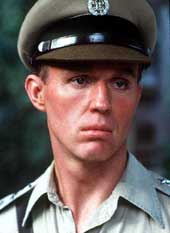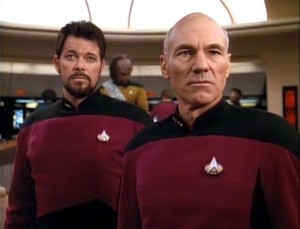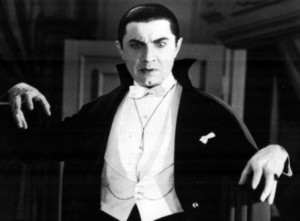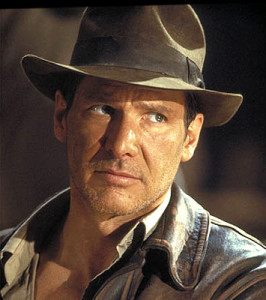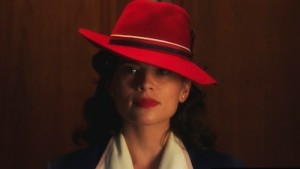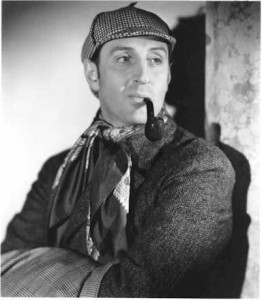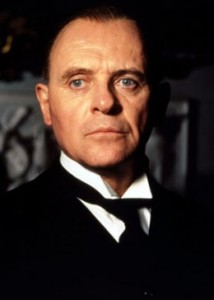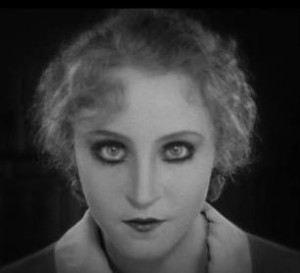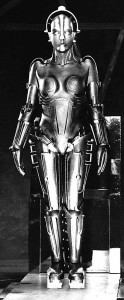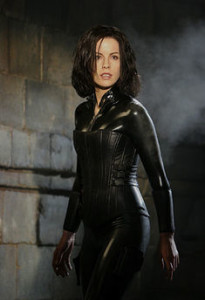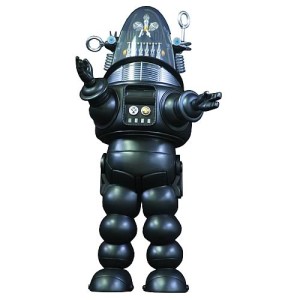I’ve written of my love for the woodcased pencil and the mechanical pencil. When it comes to writing instruments, for me, these are great loves indeed. But an even greater love is that which I have for the Wondrous Machine, the term Henry Purcell used for the king of instruments, the organ, is the one I use for the king of writing instruments: the fountain pen.
The fountain pen, the Wondrous Machine, was the 19th century’s attempt to make the steel dip pen an easily portable tool.
In the 19th century and earlier, if you wanted to take your pen along on a trip, you didn’t just shove it in your pocket. You packed a traveling writing desk with ink, paper, quills and pen knife, or steel pen and holders. The box was not a small affair either. A Google search gave me two boxes 14x10x5 inches, or 35x25x12 cm. It’s no wonder Anthony Trollope used a pencil when taking the train to work.
And just imagine trying to write with the box on your lap (yes, the first lap desk) and an open bottle of ink. Speaking of disasters waiting to happen!
The history of the reservoir pen goes all the way back to the 10th century. However, none of the early attempts to create a reservoir pen were overly successful due to the messy process of filling the pen, clogs due to sediment containing corrosive inks, and leaking.
In the 1850s, the first fountain pens appeared which had iridium-tipped gold nibs (for durability) and hard rubber bodies (for ease of manufacture). The first free-flowing inks also appeared in the 1850s. By the 1880s, fountain pens were being massed produced. However, they were still very prone to leak and had to be filled with an eyedropper. An often messy instrument with which to try to write.
By 1908, the leakage problem was solved by using a screw-on cap with an inner cap that sealed around the nib. The self-filling pen appeared around 1900. The most popular was Conklin’s crescent-filler (beautiful pens) until W.A. Sheaffer patented the lever-filling mechanism in 1912.
From the 1920s through the 1950s, the fountain pen was king. But we humans are never satisfied. Even the self-filling fountain pen with the safety cap proved to be occasionally messy and would sometimes leak. Then in the 1950s the first viable ballpoint pens were introduced and in the next decade the fountain pen was finally dethroned as king of writing instruments and in the 1970s relegated to a very distant second place.
So why write with something that could be considered as obsolete technology? That is a very good question. I write with a fountain pen for these reasons:
- A fountain pen works best using a light grip and with light pressure on the nib. Capillary action transfers the ink from the nib point to the paper. A ballpoint pen requires pressure to get the ball rolling, so to speak.
- Fountain pen ink has superior writing qualities to the petroleum-based paste used in ballpoint pens. Fountain pen ink helps make the entire writing experience a smooth one.
- The variety of ink colors strains the imagination compared to what is available in ballpoints.
- I have much less occurrence of tendonitis using a fountain pen than I have using a ballpoint, or even a pencil for that matter.
I prefer vintage fountain pens because by and large their nibs are superior to those on modern pens. My favorite pen is a 90 year old Conklin crescent-filler. The nib is butter smooth and has a slight spring to it which gives an eye-pleasing line variation.
I encourage you to give a fountain pen a try. If you are interested in doing so, check out the Fountain Pen Network. You may also write to me via the comment or contact forms.
Share This!